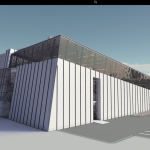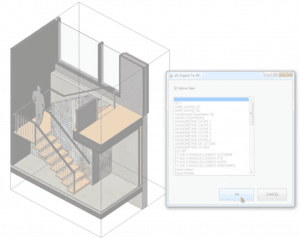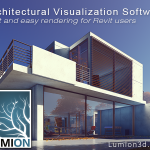So what’s the deal with Stingray? Basically we are talking about a realtime rendering engine that talks to 3ds Max. As we know, Max talks to Revit. Autodesk is essentially providing (another) realtime rendering workflow from the BIM environment, and that is obviously a good thing…
Here’s a snippet from In the Fold:
To understand the impact of this new capability within 3ds Max, let’s take a look at the state of a BIM workflow using Autodesk solutions before today’s announcement.
Building designers using Autodesk Revit software have had the ability to easily import models into 3ds Max to create stunning, photo-real images and animations to communicate design intent. It’s a workflow that’s been widely accepted in the AEC industry and plays an integral part in the design process. Now, with the Stingray engine, Revit models can be brought into 3ds Max to be made visually stunning and then imported to the Stingray engine to be made fully interactive, allowing users to explore “what if” design changes in a compelling visual environment not unlike a first person walk-about in a physical building. The real advantage of this is that it allows designers, owners and stakeholders to access and visualize a building model in real-time to fully understand the scale, feel and experience of the building before construction starts.
Read the whole post:
Autodesk Stingray Real-Time Engine Takes Design Visualization to a New Level for AEC Industry







